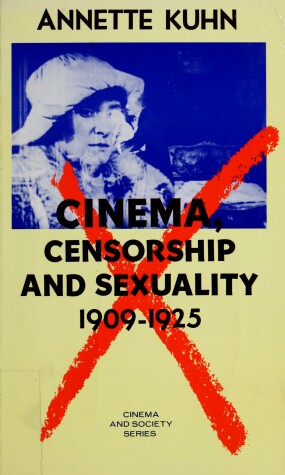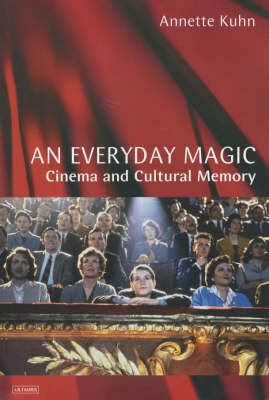Cinema and Society
2 total works
In this study of film censorship and sexuality in the early years of cinema, Kuhn shows how censorship was involved in the uncertainty over the nature of a new mass medium.
Exploring cinemagoing and cinema culture, this book considers the 1930s, when "going to the pictures" was everybody's favourite spare-time activity. From the familiar and magical surroundings of the picture houses themselves to the action and romance on the screen, Annette Kuhn draws on extensive interviews with picturegoers, research in cultural history and readings of popular films of the day to discover how cinema brought a special magic to the daily lives of a generation of young men and women growing up in an austere climate of making-do. From Nelson Eddy and Jeanette MacDonald to Fred and Ginger, she shows how audiences looked to their screen heroines and heroes for inspiration, and explores the importance of cinemagoing in make-believe, play, friendship and growing up. The book throws light on issues such as cinema spectatorship, childhood, adolescence, ageing and film reception, and provides a contribution to understandings of both the role of cinema in its heyday and the nature of popular memory.

